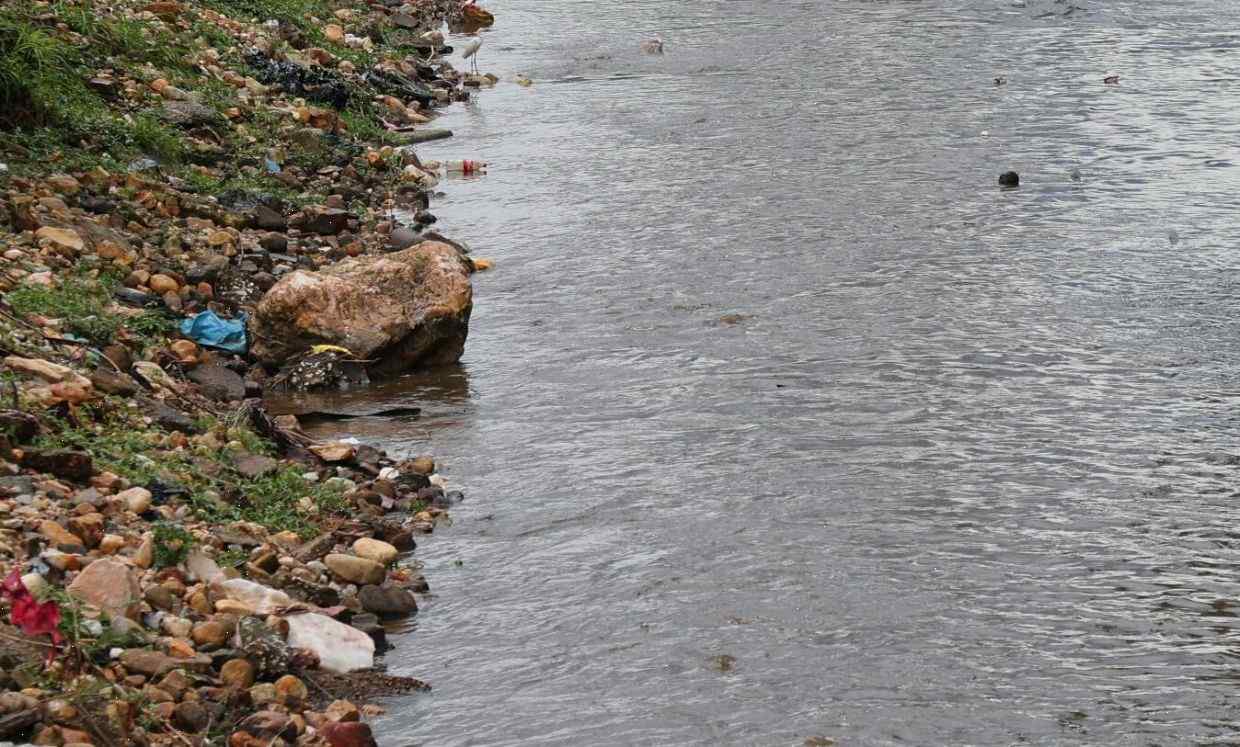Rivers are the lifeblood of our planet, providing sustenance to countless communities and ecosystems. However, with the increasing pressure of human activity, these precious resources are facing unprecedented threats. River pollution has become a critical issue, demanding urgent attention from states worldwide. In light of this crisis, it’s imperative that states develop comprehensive action plans to address this menace and ensure the long-term health of our rivers.
The severity of river pollution cannot be overstated. From industrial effluents to agricultural runoffs, the sources of contamination are diverse and widespread. The consequences are devastating, ranging from poisoned wildlife to unsafe drinking water supplies. The impact on human health is particularly alarming, with millions of people relying on rivers for their daily needs. Cancer, birth defects, and other serious health issues have been linked to exposure to polluted river water.
Moreover, river pollution also threatens the very fabric of our societies. Communities along rivers often rely on them for fishing, tourism, and recreation. When these activities are compromised due to pollution, local economies suffer, and jobs are lost. The social implications are far-reaching, affecting not only individuals but entire towns and cities.
In this scenario, it becomes clear that states must assume responsibility for tackling river pollution. Governments have a crucial role in regulating industries, enforcing environmental laws, and investing in clean technologies. By developing action plans tailored to their specific regions, states can effectively combat pollution while fostering sustainable development.
One key aspect of state action plans should focus on stricter regulations for pollutants. Industrial facilities, agricultural operations, and waste management plants must adhere to stringent guidelines to minimize their impact on rivers. Regular monitoring and enforcement mechanisms need to be put in place to ensure compliance. Additionally, states should encourage businesses to adopt cleaner production methods and invest in renewable energy sources.
Another critical component of state action plans involves education and awareness campaigns. Public participation is vital in raising consciousness about the importance of river conservation. People need to understand how their everyday actions contribute to pollution and learn ways to reduce their impact. Community involvement can lead to collective ownership of river protection efforts, making it easier to implement change.
Finally, states must prioritize research and innovation aimed at mitigating river pollution. Scientific studies can identify emerging threats and offer solutions tailored to regional challenges. Technological advancements in areas like wastewater treatment and green infrastructure can significantly enhance cleanup initiatives. By investing in such endeavors, states can create jobs, spur economic growth, and protect their natural assets.
In conclusion, river pollution poses significant risks to both the environment and society. To counteract this problem, states must develop robust action plans that address the root causes of pollution and promote sustainable practices. Strict regulations, public education, and scientific innovation form the cornerstone of effective strategies. With concerted efforts, we can restore the health of our rivers, ensuring they continue to nourish life for generations to come.

